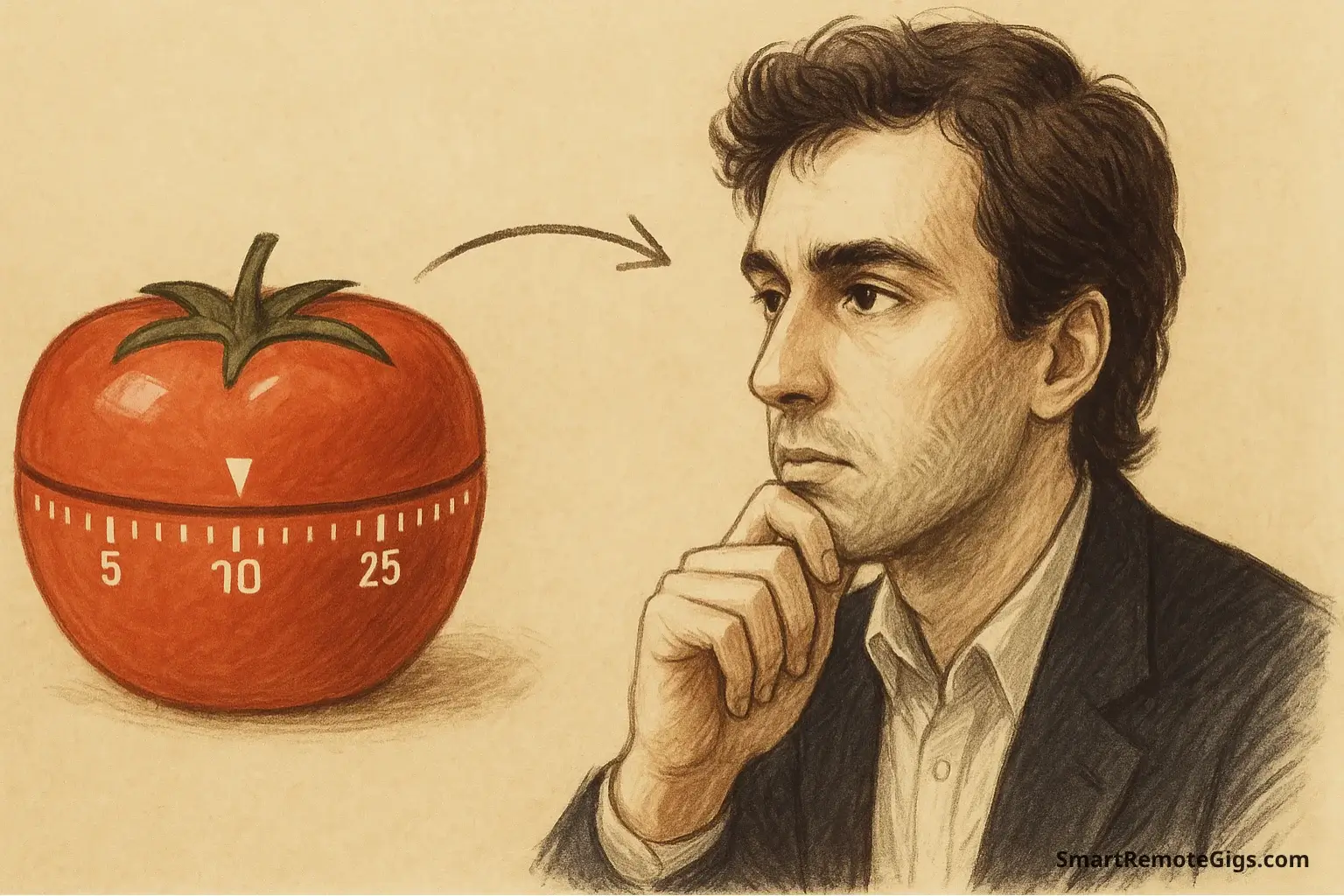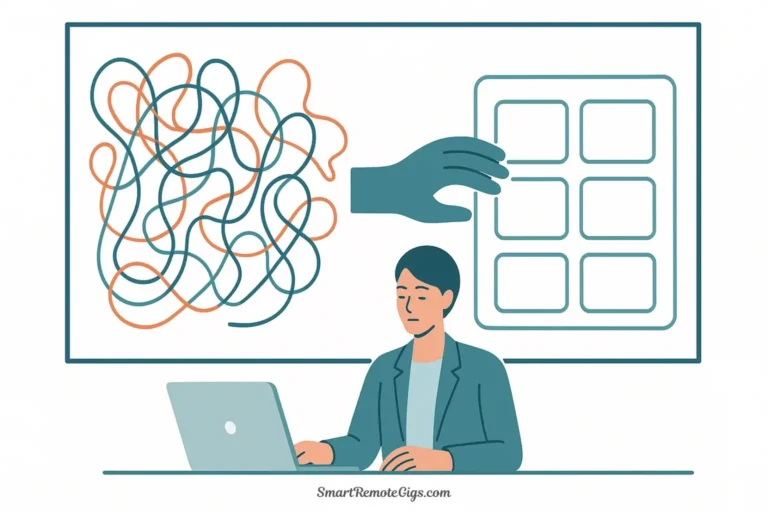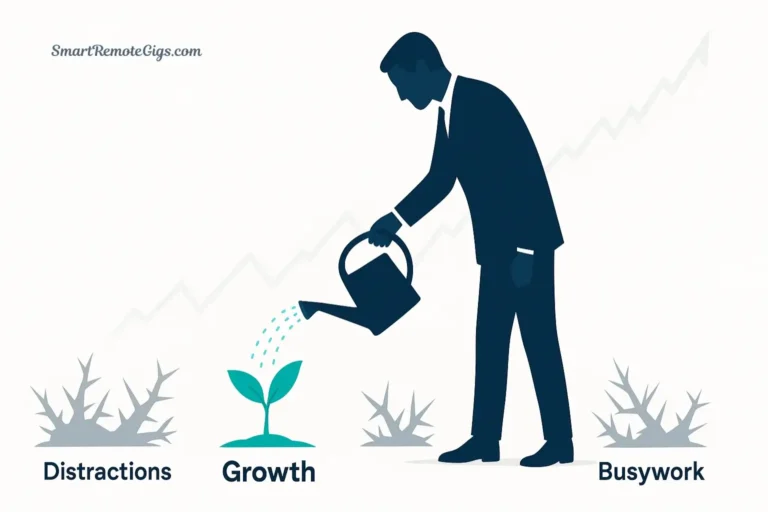In the late 1980s, a young Italian university student sat at his desk, overwhelmed by the mountain of studying ahead of him. Frustrated by his inability to focus and feeling like he was wasting precious time, he made a simple bet with himself: could he concentrate on his studies for just ten minutes? To track this experiment, he grabbed the first timer he could find—a small, red tomato-shaped kitchen timer. Little did Francesco Cirillo know that this moment of personal desperation would eventually transform into one of the world’s most widely used productivity methods, helping millions of people manage their time and focus.
The story of the Pomodoro Technique is ultimately the story of Francesco Cirillo—a man who turned his personal struggle with concentration into a global phenomenon that continues to help people work more effectively today.
The University Student’s Dilemma

In 1987, Francesco Cirillo was a first-year university student in Rome, facing the same challenge that plagues students everywhere: how to study effectively. Like many of his peers, he found himself constantly distracted, procrastinating on important assignments, and feeling overwhelmed by the sheer volume of material he needed to master.
Cirillo later described this period as one of profound frustration. He would sit down to study with the best intentions, only to find his mind wandering after just a few minutes. Hours would pass with little to show for his efforts, leaving him feeling defeated and anxious about his academic performance. The traditional advice felt impossible to implement. Standard recommendations like “just focus harder” or “eliminate distractions” didn’t address the root problem.
What made Cirillo’s situation particularly challenging was his honest self-assessment. He recognized the real problem: his issue wasn’t laziness or lack of motivation, but rather an inability to sustain focused attention for extended periods. This crucial insight would prove foundational in developing his eventual solution.
The young student began to wonder: if he couldn’t focus for hours at a time, what was the minimum amount of time he could realistically commit to concentrated work? This question would become the foundation of everything that followed.
The “Pomodoro” is Born: An Experiment in Focus
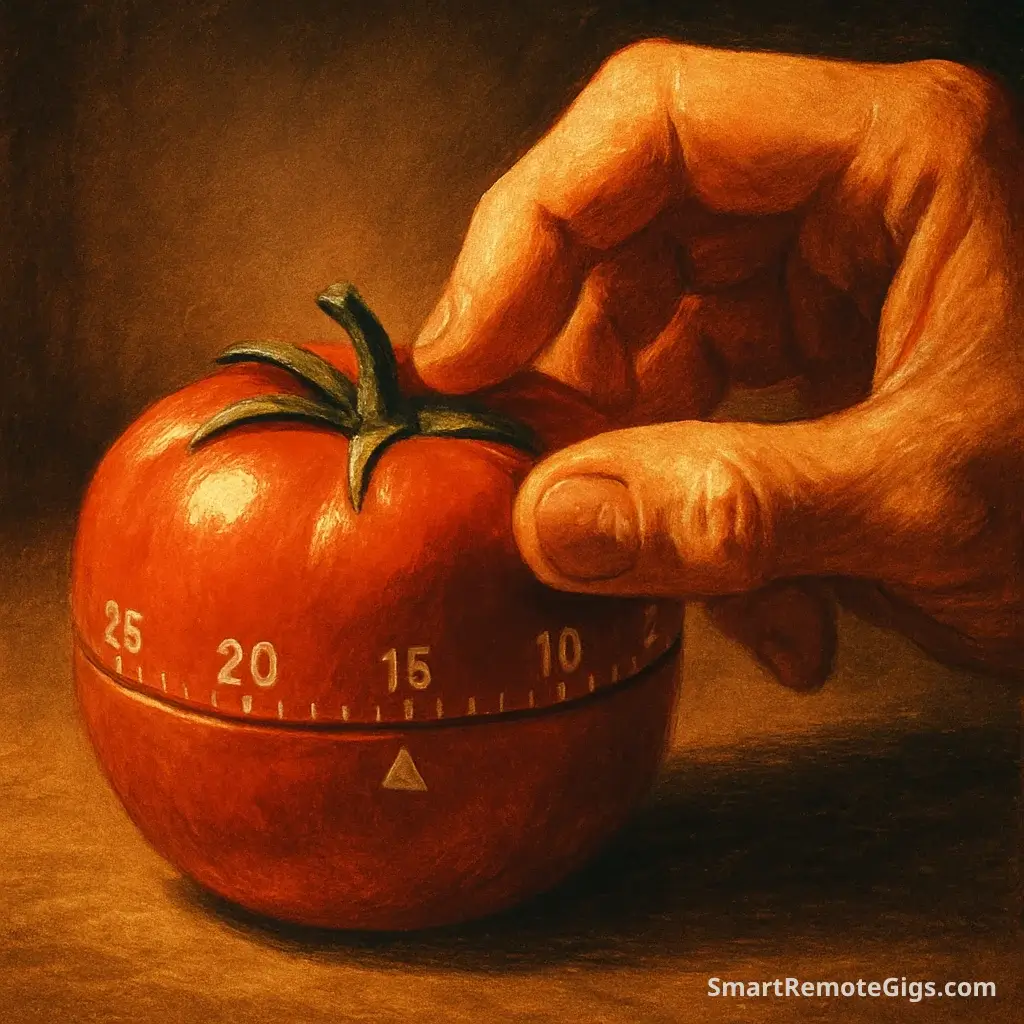
Frustrated and running out of time before his exams, Cirillo decided to try a radical experiment. He would make a simple bet with himself: could he focus completely on his studies for just ten minutes? To make this commitment real and trackable, he needed a timer.
Looking around his kitchen, he spotted a small, bright red tomato-shaped kitchen timer—the kind used for cooking pasta or timing other culinary tasks. In Italian, “pomodoro” means tomato, and this humble kitchen gadget would soon lend its name to a productivity revolution.
Cirillo set the timer for ten minutes and began studying. Something remarkable happened: knowing that he only had to focus for this short, defined period made the task feel manageable. The key was the visible constraint. The ticking timer created a sense of urgency that helped him maintain attention, while the visible countdown gave him a concrete sense of progress.
When the timer rang after ten minutes, Cirillo was amazed. He had maintained focus for the entire period and had actually accomplished meaningful work. More importantly, he felt achievement instead of frustration – a completely different emotional experience than his usual study sessions.
Encouraged by this success, he began experimenting with the format. He discovered the optimal work duration: extending the work periods to 25 minutes felt like a sweet spot—long enough to accomplish real work, but short enough to maintain focus. He also discovered breaks were essential. Taking short breaks between these focused sessions allowed his mind to rest and recharge.
From Personal Hack to Global Phenomenon
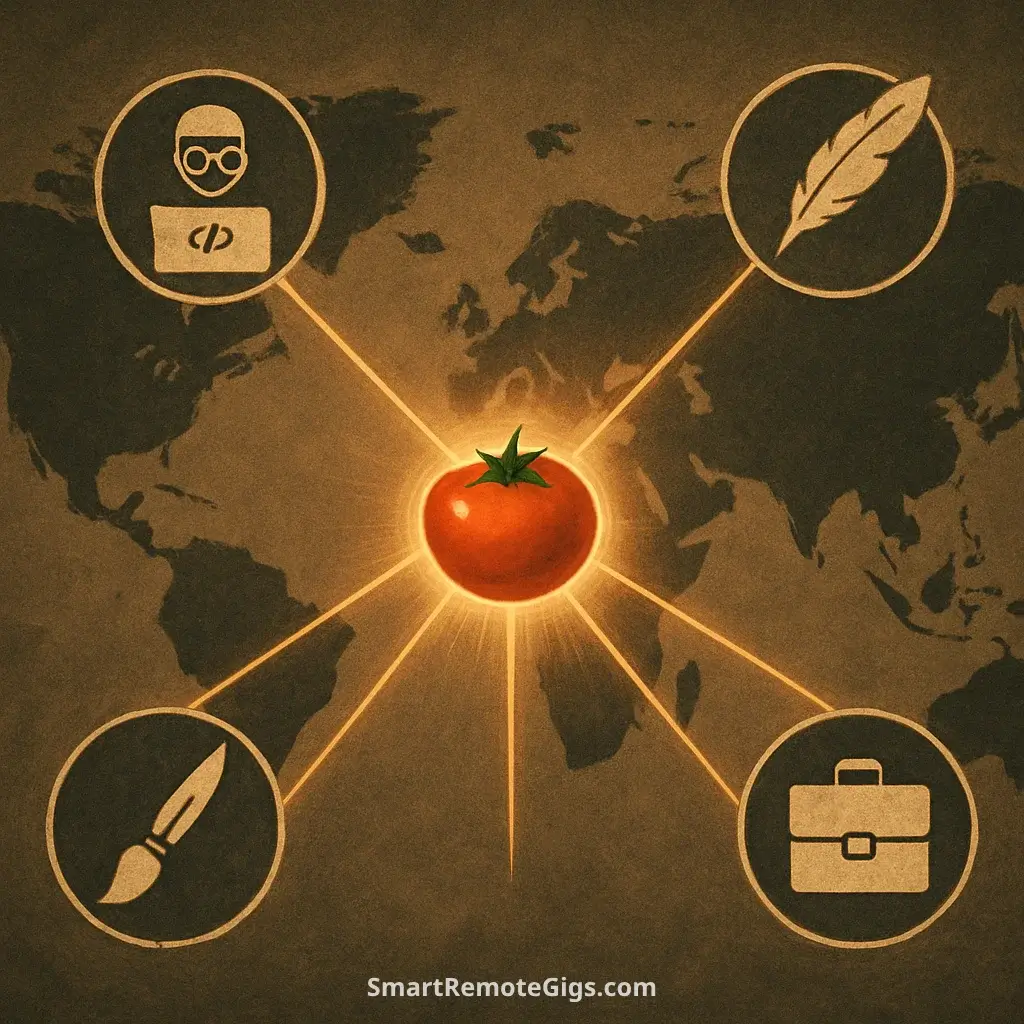
What started as a personal study technique soon began to evolve into something more systematic. Cirillo refined his approach throughout his university years, developing what would become the core structure of the Pomodoro Technique: 25-minute work sessions followed by 5-minute breaks, with a longer break after every fourth “pomodoro.”
After graduating, Cirillo became a software consultant and entrepreneur. He noticed that many of his colleagues and clients struggled with the same focus and time management challenges he had experienced as a student. He began sharing his technique with others, initially as informal advice to friends and coworkers.
The response was overwhelmingly positive. People from various professions—programmers, writers, designers, managers—found that the technique helped them work more efficiently and with less stress. Word spread organically, and Cirillo began receiving requests to teach the method more formally.
In the 1990s, Cirillo started conducting workshops and seminars on his technique. He refined the methodology based on feedback from thousands of practitioners, adding elements like tracking and estimation to make the system more robust for professional environments.
The breakthrough came in 2006 when Cirillo published “The Pomodoro Technique: The Acclaimed Time-Management System That Has Transformed How We Work.” The book provided a comprehensive guide to the method, complete with worksheets, templates, and detailed instructions for implementation.
The Core Principles Cirillo Established
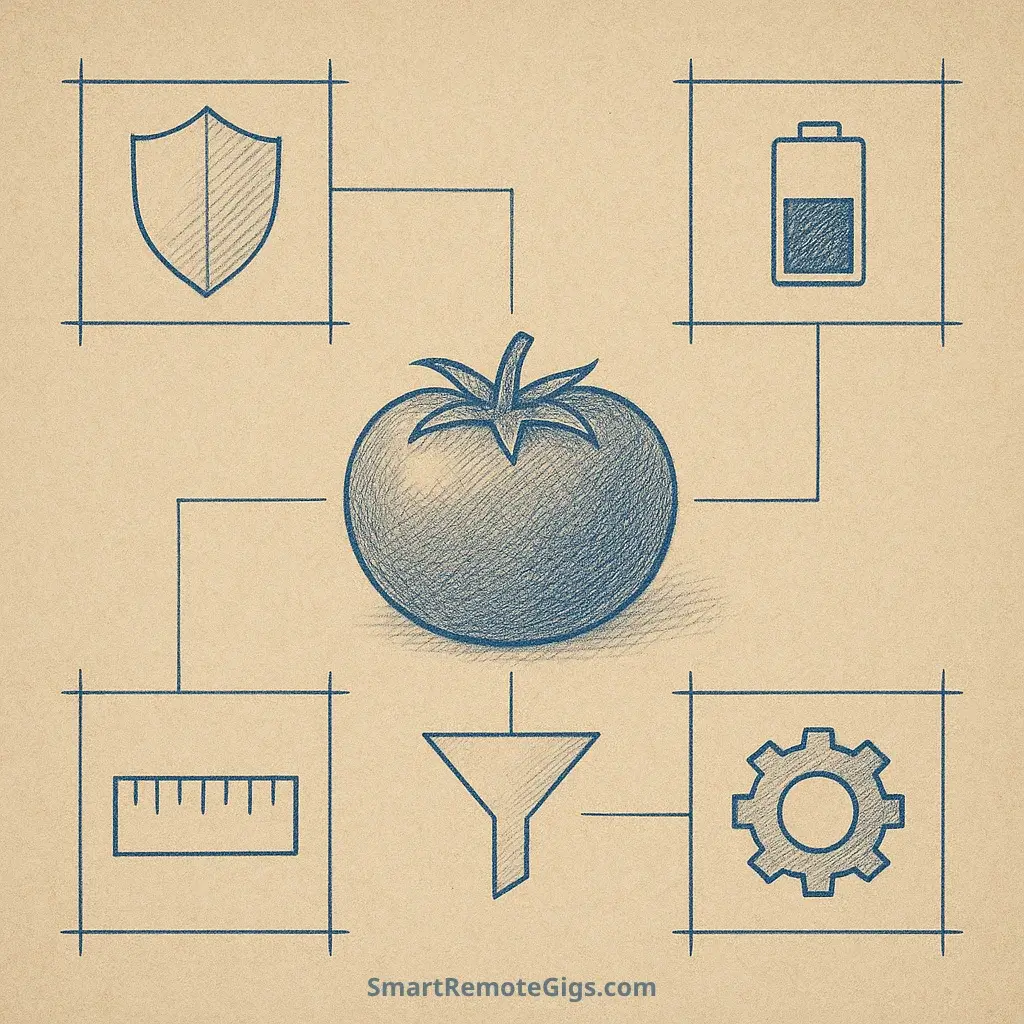
As the Pomodoro Technique evolved from personal experiment to formal methodology, Cirillo identified several core principles that remain central to the practice today:
The Pomodoro as an Indivisible Unit of Work
Cirillo emphasized that once you start a pomodoro, it must be completed without interruption. If you’re interrupted, you have two choices: either deal with the interruption quickly or abandon the pomodoro entirely and start fresh. This principle protects the integrity of focused work time.
Estimation and Tracking
Cirillo developed a system for estimating how many pomodoros a task would require and tracking actual completion times. This builds self-awareness about work capacity. Practitioners become more accurate at predicting their work capacity and managing commitments over time.
The Importance of Breaks
The technique isn’t just about work periods—the breaks are equally important. Cirillo discovered that these short pauses allow the mind to process information and prevent mental fatigue, actually improving overall productivity. Skipping breaks undermines the entire system.
Internal and External Interruptions
The method includes specific strategies for handling interruptions, whether they come from external sources (phone calls, emails) or internal ones (random thoughts, urges to check social media). Capture interrupting thoughts, then return to focus. Don’t let interruptions derail your pomodoro session.
Continuous Improvement
Cirillo encouraged practitioners to regularly review their pomodoro sessions, identifying patterns and obstacles to make the technique more effective over time. Track what works and what doesn’t. This ongoing refinement makes the technique increasingly powerful for individual users.
Francesco Cirillo Today: The Legacy of a Simple Idea
Today, Francesco Cirillo continues to work as a consultant and speaker, helping organizations implement effective time management and productivity strategies. He has founded several companies, including Cirillo Consulting, which provides training and consulting services based on the Pomodoro Technique and related methodologies.
The technique itself has far exceeded Cirillo’s original expectations. It has been translated into dozens of languages, spawned countless apps and digital tools, and become a standard recommendation from productivity experts worldwide. Studies have validated its effectiveness for various types of work, from creative tasks to analytical problem-solving.
Cirillo has also expanded his work beyond the original technique, developing related methodologies for team productivity, project estimation, and organizational time management. However, he remains closely associated with the simple, elegant solution that started it all.
What’s particularly remarkable about Cirillo’s story is how he has remained true to the core principles of simplicity and accessibility that made the technique successful in the first place. Despite numerous opportunities to complicate or commercialize the method, the basic Pomodoro Technique remains as straightforward as it was when he first used that kitchen timer in his university dorm.
The Pomodoro Technique in Practice
To understand how to implement the method that Francesco Cirillo created, it’s essential to learn the complete system he developed. The basic framework is simple, but effective implementation requires understanding the nuances and adaptations that make it work for different types of work and individual preferences.
To learn how to use the method he created, check out our complete Pomodoro Technique Guide, which provides detailed instructions, templates, and strategies for getting the most out of this time-tested productivity system.
Conclusion: The Power of a Simple Solution
Francesco Cirillo’s story is ultimately about the power of simple solutions to complex problems. Faced with a common challenge—the inability to focus for extended periods—he didn’t seek out complicated software or elaborate systems. Instead, he grabbed a kitchen timer and made a small bet with himself.
What transformed this personal experiment into a global phenomenon wasn’t sophisticated technology or complex theory, but rather Cirillo’s commitment to understanding what actually worked and his willingness to share that knowledge with others. He took the time to refine the technique, test it with diverse groups of people, and document it in a way that others could easily adopt.
The Pomodoro Technique’s enduring popularity speaks to something fundamental about human attention and productivity. In an age of constant digital distraction and ever-increasing demands on our time, Cirillo’s simple approach offers a practical way to reclaim focus and accomplish meaningful work.
Perhaps most importantly, Francesco Cirillo’s story reminds us that innovation doesn’t always require complexity. Sometimes the most powerful solutions are hiding in plain sight—in this case, sitting right there on the kitchen counter, shaped like a tomato, waiting to help us work better.
The next time you use a pomodoro timer or work in focused 25-minute intervals, remember the frustrated university student who started it all. His simple experiment with a kitchen timer continues to help millions of people work more effectively, proving that sometimes the smallest ideas can have the biggest impact.
